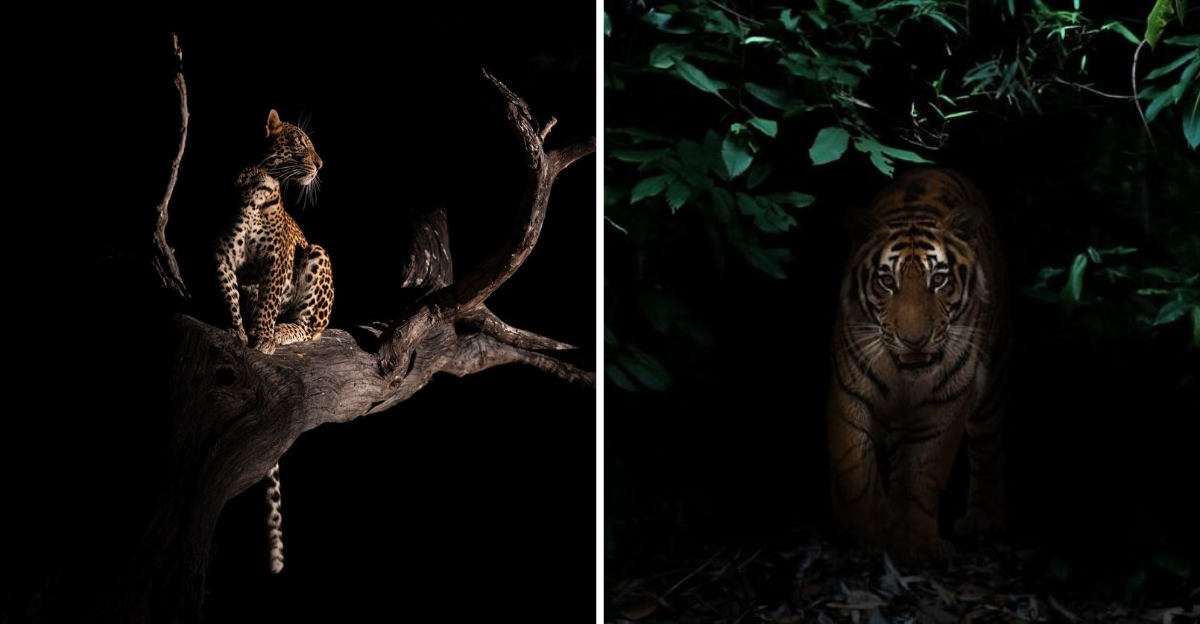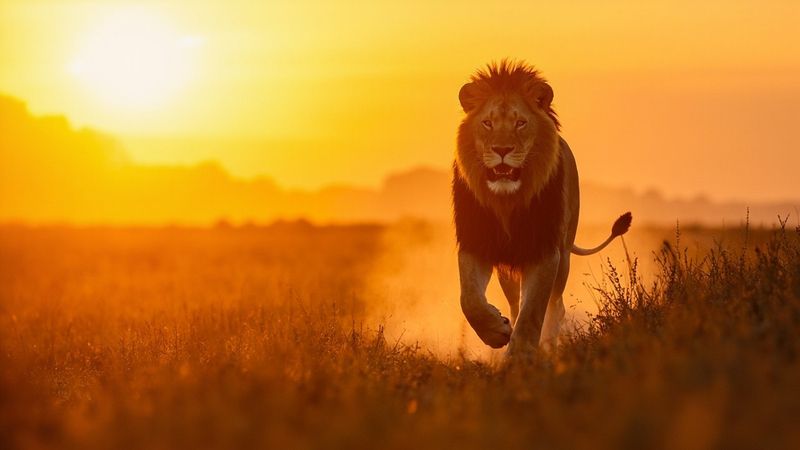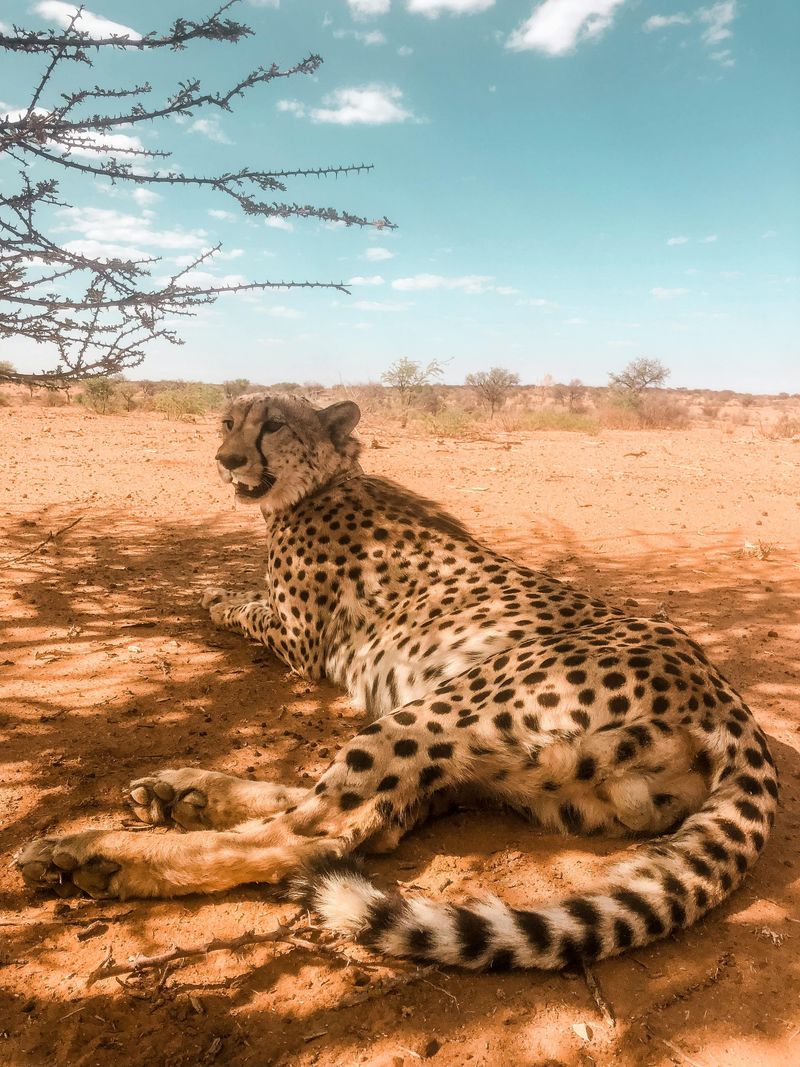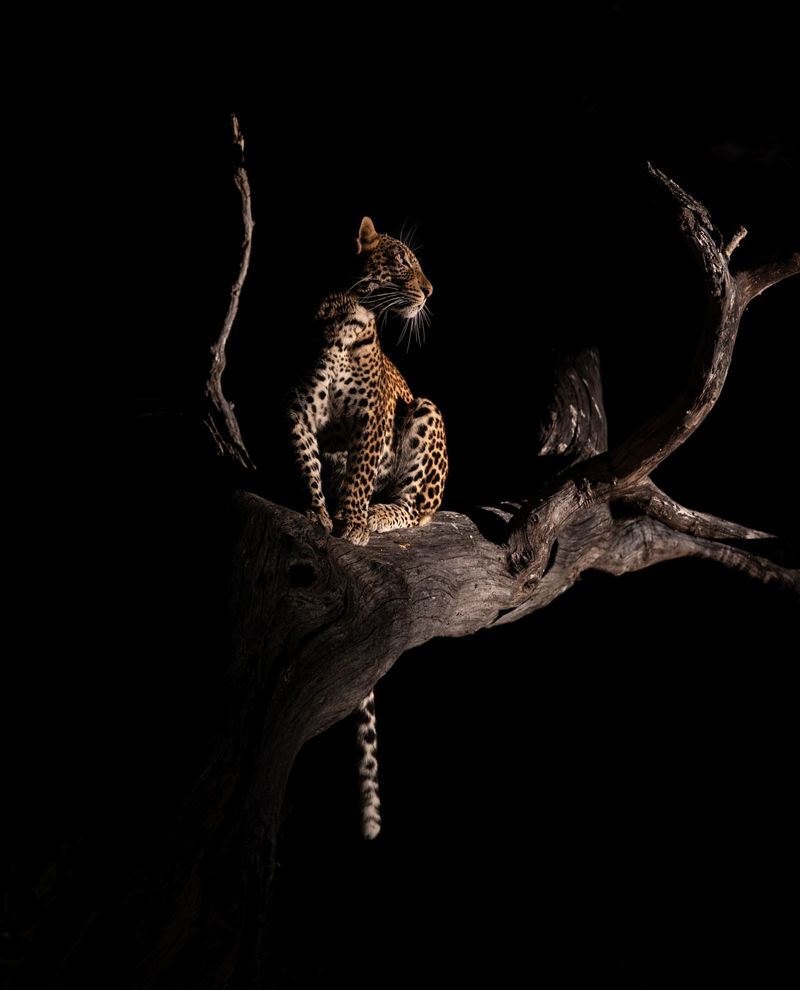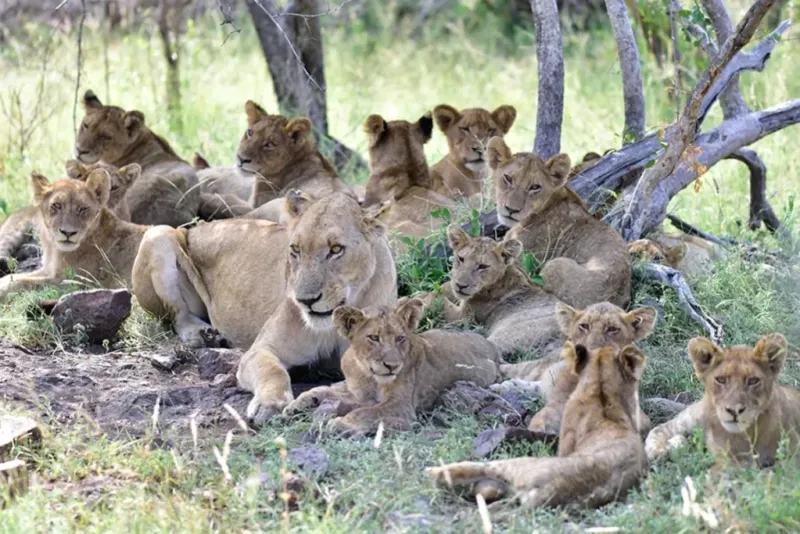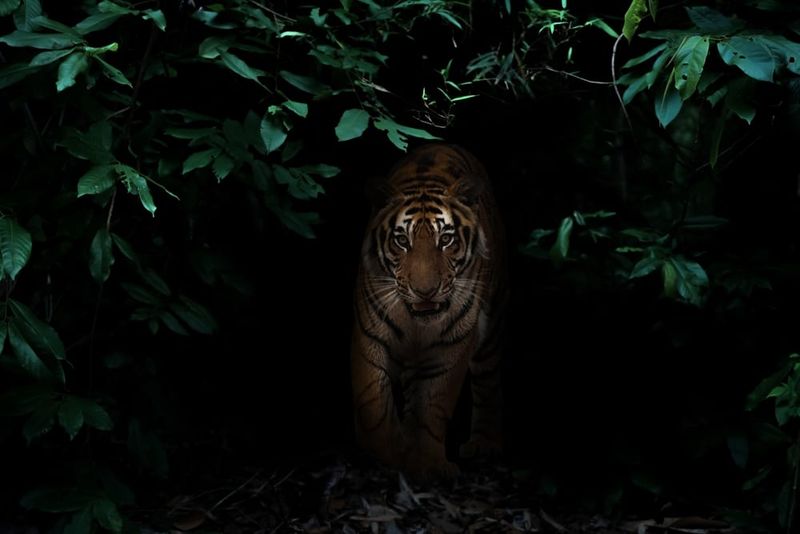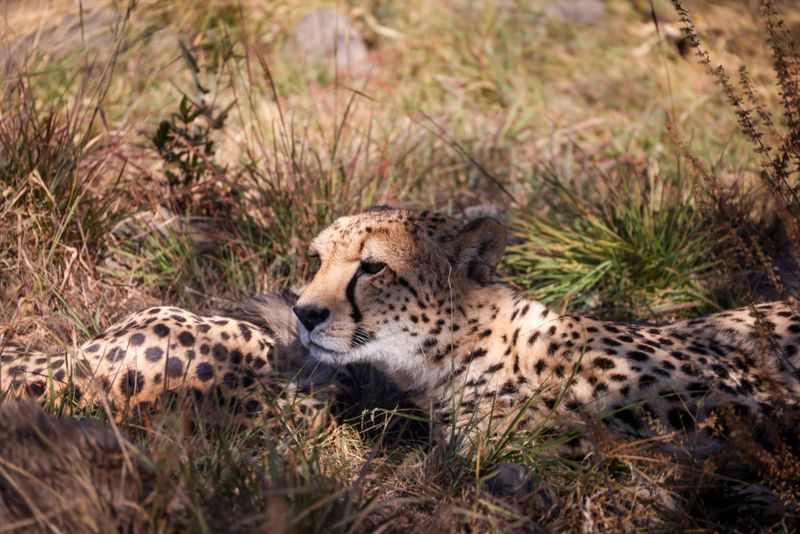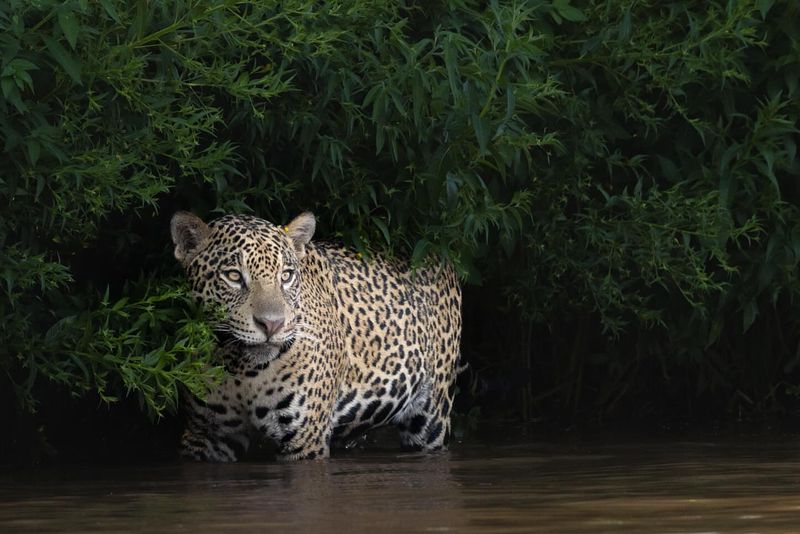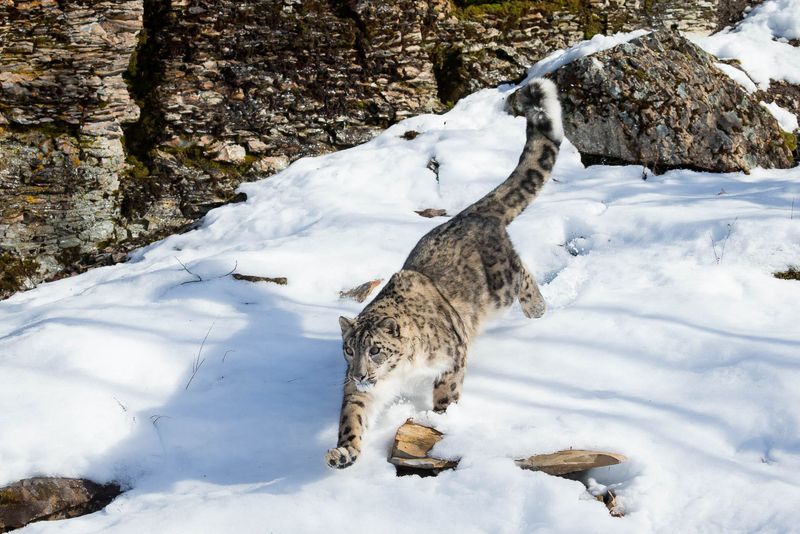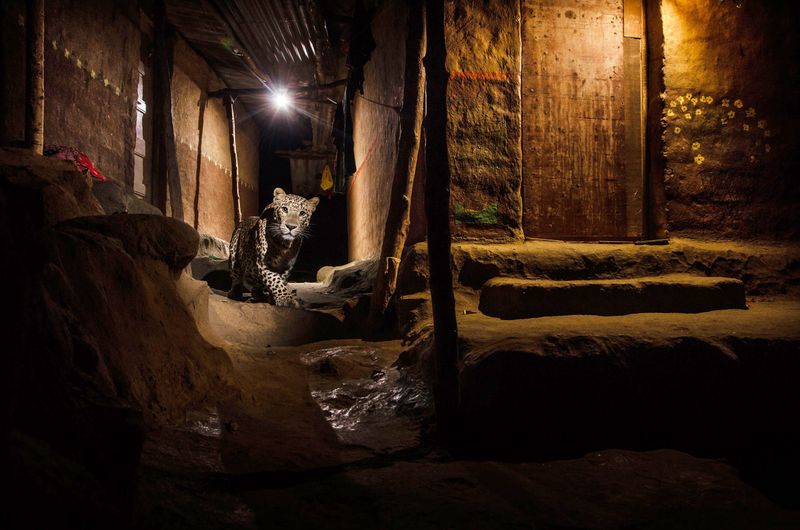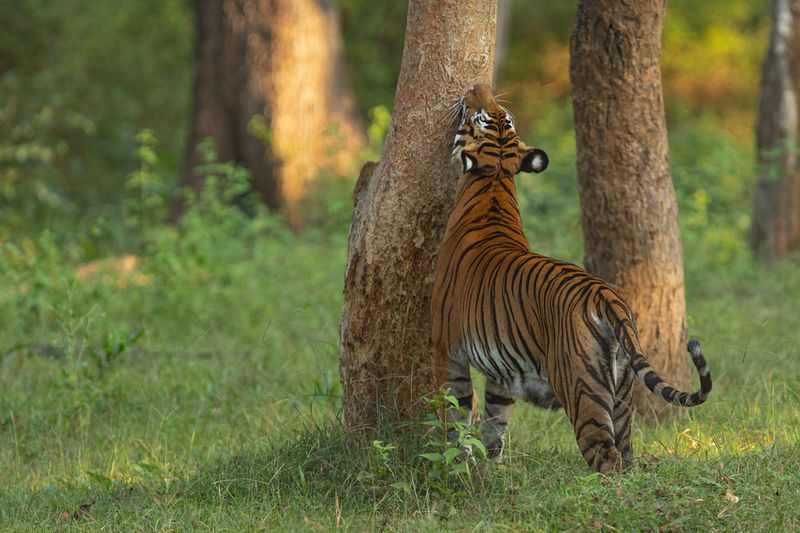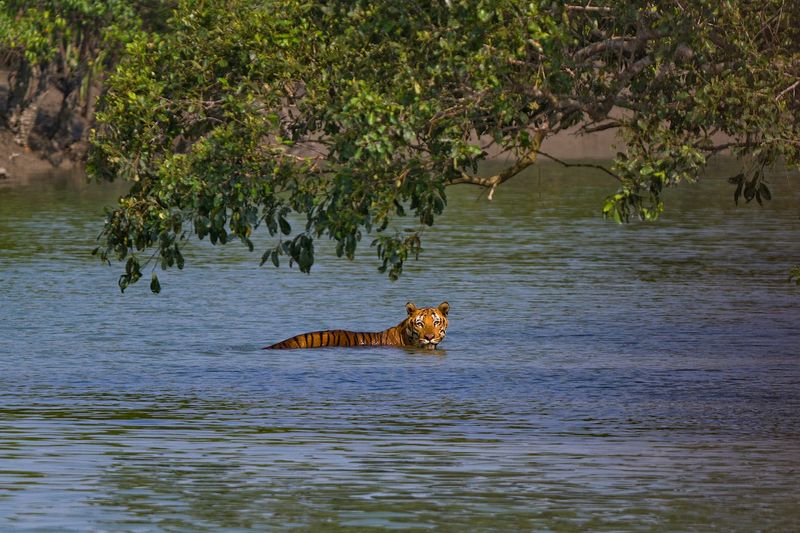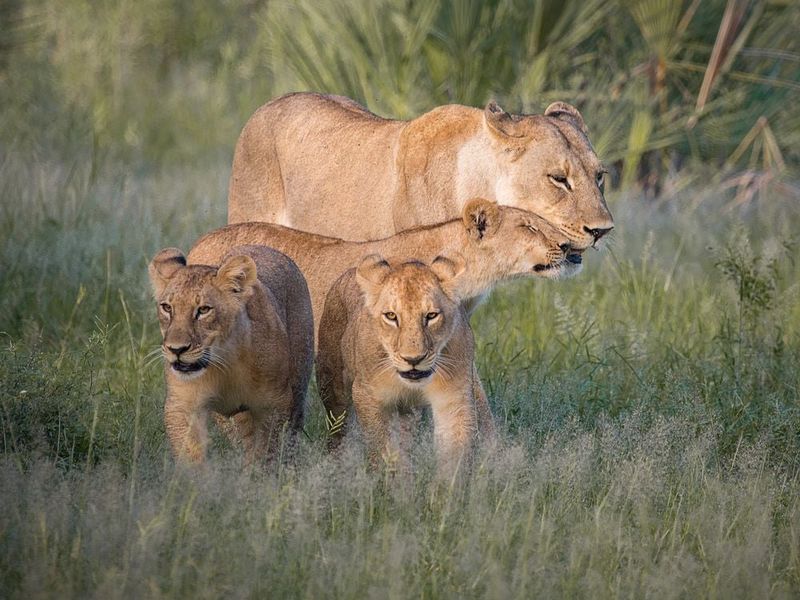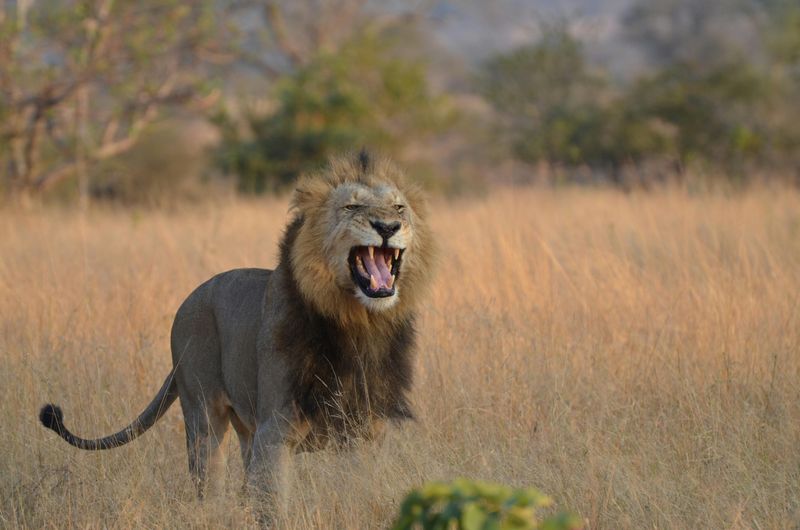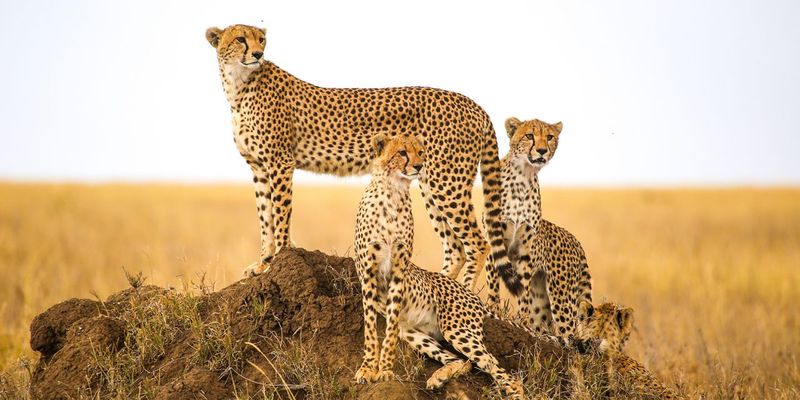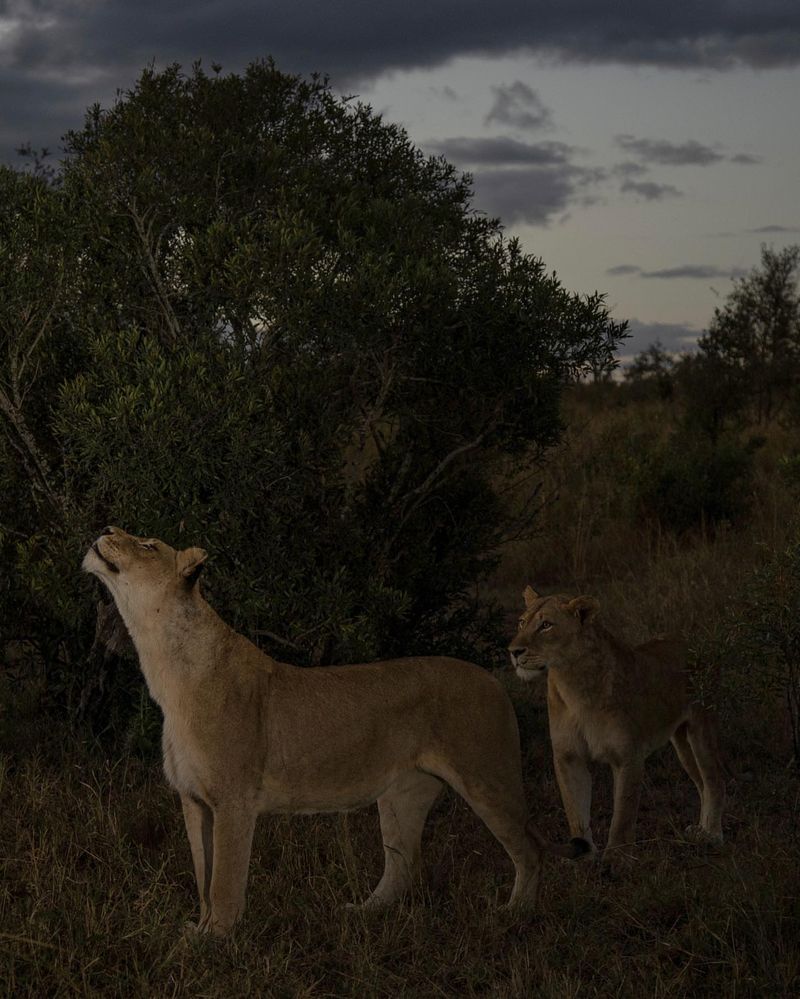📖 Table of Content:
- 1. Circadian Rhythms and Activity Patterns
- 2. Temperature and Climate Considerations
- 3. Prey Behavior and Patterns
- 4. Social Structure and Cooperative Hunting
- 5. Environmental Factors and Terrain
- 6. Energy Conservation and Efficiency
- 7. Lunar Phases and Light Levels
- 8. Seasonal Changes and Migration Patterns
- 9. Adaptation to Human Activity
- 10. Scent Marking and Communication
- 11. Use of Water and Aquatic Environments
- 12. Learning and Teaching Techniques
- 13. Vocalizations and Communication
- 14. Mastery of Camouflage
- 15. Adaptation to Prey Size and Type
- 16. Influence of Wind and Scent Detection
Big cats, such as lions, tigers, leopards, and cheetahs, exhibit remarkable strategies for determining the perfect hunting times. Driven by a blend of biological rhythms, environmental signals, prey activity, and social dynamics, their hunting acumen reflects evolutionary prowess. Discover how these majestic predators time their hunts to perfection through an intricate balance of nature and instincts. Each of the following 16 methods highlights a unique aspect of their hunting strategy, showcasing the intelligence and adaptability that make big cats such successful hunters.
1. Circadian Rhythms and Activity Patterns
In the heart of the savannah, lions embrace the cool twilight hours. Known as crepuscular creatures, they thrive when the sun kisses the horizon. This natural clock aligns with prey activity, making early mornings and late evenings ideal for hunting. The cooler temperatures reduce exhaustion risks, enhancing their predatory efficiency. It is a time where shadows play tricks, and the rustling of grass signals opportunity. Lions, with an innate sense for these moments, close in on unsuspecting prey, their golden eyes gleaming with calculated anticipation.
2. Temperature and Climate Considerations
In the relentless heat of the African plains, cheetahs find respite in the shade. The midday sun is a formidable foe, sapping strength from the swiftest predator. By reserving their energy for the cooler parts of the day, these spotted hunters maximize their speed and agility. Early mornings and late afternoons become their stage, where shadows stretch long and the air cools. This strategic timing not only conserves energy but also ensures their explosive chases conclude in success.
3. Prey Behavior and Patterns
A leopard’s gaze is sharp as it surveys a herd of antelope from its arboreal perch. Understanding prey routines gives these solitary hunters an edge. Twilight draws herbivores to graze and drink, presenting a window of opportunity. Leopards, masters of stealth, exploit these patterns, positioning themselves for the perfect ambush. As dusk settles, the dance between predator and prey unfolds, a testament to the leopard’s patience and cunning. Each movement calculated, each breath measured, it is a game of shadows and silent intent.
4. Social Structure and Cooperative Hunting
A lion pride moves with purpose, a harmonious symphony of strategy and strength. Social hunters by nature, they employ teamwork to subdue formidable quarry. One lion flushes the prey, others lie in wait, the circle of life choreographed to perfection. This cooperative hunting not only increases success rates but reinforces social bonds. Each hunt is a testament to their unity, each roar a chorus of triumph. In the golden grass of the Serengeti, they enact age-old rituals that speak of survival and kinship.
5. Environmental Factors and Terrain
Beneath the canopy of a dense jungle, the tiger becomes a phantom. Night cloaks its stripes, blending with shadows as it moves. Utilizing exceptional night vision, tigers navigate terrain that confounds lesser predators. The dense foliage offers cover, turning the hunt into a game of patience and surprise. Every rustle is a clue, every scent a guide. Under the moon’s watchful eye, the tiger’s silent pursuit is a dance of instincts and opportunity, its power lying in the stealth of the night.
6. Energy Conservation and Efficiency
In the tall grass of the savannah, a cheetah rests, conserving energy for the chase. Hunting demands significant exertion, a fact not lost on these fleet-footed predators. By aligning their hunts with times when prey is most vulnerable and environmental conditions favorable, they minimize energy expenditure. This calculated efficiency ensures they can unleash their full speed when it counts. Each hunt becomes a mathematical equation, balancing output with opportunity, showcasing the cheetah’s exceptional adaptation to its environment.
7. Lunar Phases and Light Levels
Under the ethereal glow of a full moon, the jaguar prowls the Amazon rainforest with an air of mystery. These solitary hunters have adapted to varying lunar phases, using moonlight to their advantage. Prey visibility increases, allowing the jaguar to strike with precision. Conversely, darker nights become occasions for close-range ambushes, where stealth reigns supreme. Each phase of the moon offers a unique hunting dynamic, a celestial dance that the jaguar navigates with expert intuition, blending seamlessly into the nocturnal world.
8. Seasonal Changes and Migration Patterns
In the rugged mountains where the snow leopard roams, seasonal shifts dictate movement. As prey migrates, so too does this elusive cat, following herds through snow-laden passes. The changing seasons alter the landscape, challenging the snow leopard to adapt its hunting strategies. Each step through the snow is calculated, every breath visible in the frigid air. Their survival hinges on reading these environmental cues, a testament to their resilience and mastery of their high-altitude domain.
9. Adaptation to Human Activity
In the outskirts of bustling Indian towns, leopards adapt to an ever-encroaching human presence. These adaptable cats have learned to navigate through villages under the cover of night, when human activity dwindles. By understanding and exploiting the rhythms of human life, they avoid detection while hunting livestock or wild prey. This remarkable adaptation highlights their resourcefulness in the face of urbanization, a silent testament to coexistence and survival amidst human development.
10. Scent Marking and Communication
In the forest, a tiger pauses to rub its face against a tree, marking territory with scent. This isn’t just about claiming space; it’s also a communication tool. Scent marking provides information on tiger movements and hunting grounds. Understanding these aromatic signals helps them identify when an area is optimal for hunting. This olfactory landscape becomes a map, guiding their instincts and ensuring their position as apex predators. It is a dialogue written in scents, a testament to their primal communication.
11. Use of Water and Aquatic Environments
In the tangled mangroves of the Sundarbans, tigers wade through water with surprising grace. Unlike many big cats, they embrace aquatic environments as hunting grounds. Rivers and swamps offer access to prey and provide cooling relief from the heat. By using water as a strategic element, tigers can ambush from unexpected angles, adding a dynamic edge to their hunting repertoire. This unique adaptation showcases the tiger’s versatility and the rich complexity of its habitat.
12. Learning and Teaching Techniques
On the sun-drenched plains of Africa, a lioness imparts age-old wisdom to her cubs. This is a school of survival, where practical lessons are taught through play and observation. Cubs learn to stalk and pounce, mimicking the adults as they hone their skills. These early experiences are crucial for developing hunting prowess. The lioness’s role is both teacher and protector, ensuring the continuity of knowledge and the pride’s future success. It is a cycle of learning, an intricate dance of teaching and discovery.
13. Vocalizations and Communication
A lion’s roar echoes across the savannah, a powerful call that carries for miles. These vocalizations are more than territorial declarations; they coordinate hunting efforts and group cohesion. Communication through sound allows lions to strategize, ensuring that every member knows their role. This auditory signal strengthens social bonds and orchestrates their collective power. In the wild, a single roar can be the prelude to a well-executed hunt, a symphony of nature’s orchestration where each note plays a vital role.
14. Mastery of Camouflage
In the dappled shade of the jungle, a leopard is nearly invisible. Its rosetted coat merges with the play of light and shadow, a perfect camouflage. This mastery of disguise allows the leopard to approach prey with incredible stealth. Each step is deliberate, each pause calculated to blend with the surroundings. This visual trickery is a crucial aspect of their hunting strategy, enabling them to get remarkably close before striking. It is nature’s art of deception, where survival hinges on the ability to disappear in plain sight.
15. Adaptation to Prey Size and Type
On the expansive plains of Africa, a cheetah’s pursuit of a gazelle showcases its specialization in speed. Adaptation to prey size and type is evident here, as cheetahs excel in capturing smaller, agile herbivores. Their slender build and muscular legs are designed for acceleration, making them unmatched sprinters. By focusing on specific prey, cheetahs optimize their hunting tactics, a testament to evolutionary precision. This specialization ensures they exploit their physical advantages to the fullest, maintaining their status as the fastest land predators.
16. Influence of Wind and Scent Detection
In the vast African savannah, a lioness pauses to lift her nose to the breeze. Wind direction plays a crucial role in her hunting strategy, carrying scents that reveal the location of prey. By aligning her approach with the wind, she minimizes the chance of detection. This sensitivity to wind patterns enhances her stealth, allowing her to close distance unnoticed. It is a sensory dance, where every hunt becomes a lesson in atmospheric awareness and instinctual precision, guided by the invisible currents of air.
